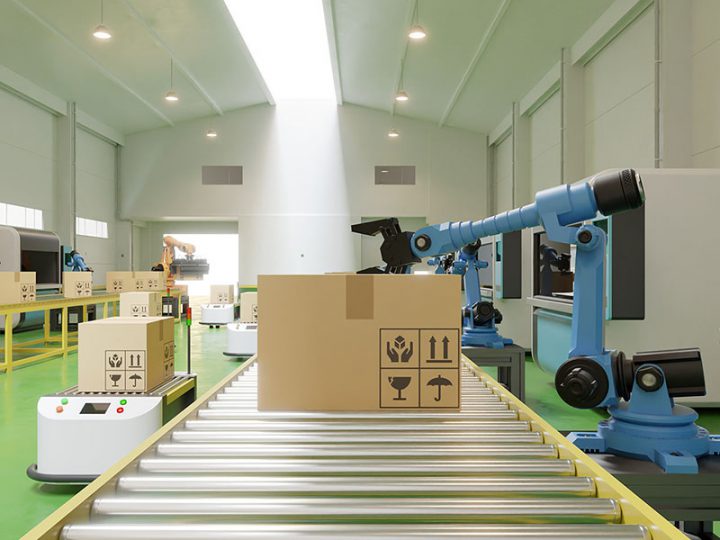What crucial trends are driving the industry?
In today’s world, food has to be inexpensive, tasty, safe, of high quality and convenient – all at the same time. Producers can no longer focus on one or a few of these aspects alone, but have to take all of them in consideration, in parallel, at all times. Brand loyalty continues to exist to a certain degree, but customers expect their brands to be at least as innovative as new competitive products pushing into the markets. For the producers this creates the challenge of having to achieve the low cost levels of ‘mass production’, when in fact the varieties of the products themselves and, even more so of the types and sizes of packaging, lead to ever decreasing production lot sizes.
A landmark product like Toblerone was produced for more than half a century in exactly one variety at any given time – when today counting taste varieties and pack sizes, one easily ends with more than 50 combinations. Good for the consumer, quite a challenge for the producer.
This kind of ‘variety inflation’ can be observed in almost any segment of the food industry. And since this, at best, safeguards actual market shares and margins (but only very seldom helps to improve those) suppliers face the challenge of having to combine the required variety in the markets with a streamlined and cost-effective production process. Without a tight control and clear instrument of measuring and reducing complexity, producers will soon face a production cost problem than cannot easily be solved without a cross-discipline approach towards external and internal complexity management.
What market segments will experience the most growth and why?
It is highly likely that the ever-growing segment of delivery services will continue to transform the industry. This will be most relevant for players like discounters, where the ‘physical shopping experience’ has, anyway, never been a key element of the sales process. Especially in this segment, customers will increasingly be asking themselves why they should go through the hassle of personally shopping in a less-than-pleasant physical outlet – if they can get the same thing delivered to their doorstep at the same price!
And here lies the problem: with margins being ‘slim’ already now, the discounters will most certainly execute further pressure on the producers to ‘participate’ in the costs involved in setting up such delivery services. As a consequence, both sides lose.
So what’s the alternative for the ‘average producer’? Certainly not another individual web shop, since customers are not likely to do their shopping at 20 different places on the Internet – at least not for their daily supplies. So when in this new distribution channel of ‘home delivery’ the discounters are no longer functioning as physical outlets, then the only alternative is to cut their costs and margins completely out of the equation and spend the money saved here on the ‘home delivery partners’. That may be Amazon – or it may be a completely new player who has understood how enabling the ‘average producer’ in participating in the new economy will create a win-win situation for both the producers and the new virtual outlet chain. In the truest sense of Darwinism, not the strongest will survive – but the ones who understand how and when to adapt. And the time to adapt clearly is NOW.
What are the key challenges?
The most dominant challenge in the food industry might be applying ‘Industrie 4.0’. Ever since this term was coined at the Hanover fair in 2011, a lot of self-declared experts made great efforts to mystify the whole concept up to a point, where a practical application seems to have become merely a minor side effect of what feels to be a typically German academic discussion.
So what does it really mean – and more specifically: what concrete chances does it bring to the food industry? Simply speaking, Industrie 4.0 is no more – or less – than a better use of product- and production- related information to enhance operational performance, improve quality, reduce waste and save costs.
A changeover still requires manually re-setting various machines? One small error and waste is being produced. Master data still has to be administered in parallel in different systems? One deviation and control & traceability are gone. Internal material transports are still all carried out manually? Rationalization and savings just wait to be picked up.
Industrie 4.0 is not at mystery. It’s simply utilizing modern information infrastructure in a factory environment in order to stay competitive. With a bit of start-up aid by a competent expert, every company is able to generate quick wins and, in parallel, lay the foundations for the future.




